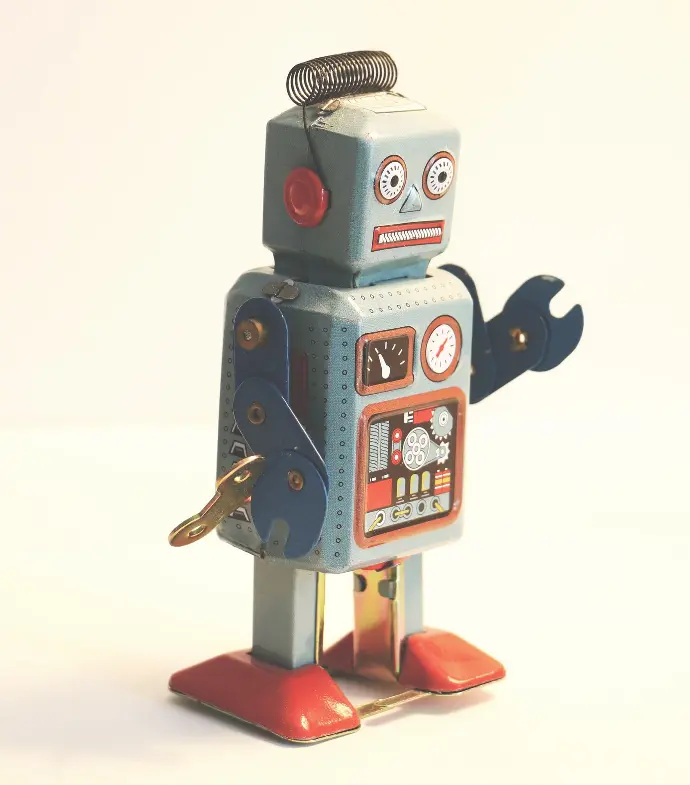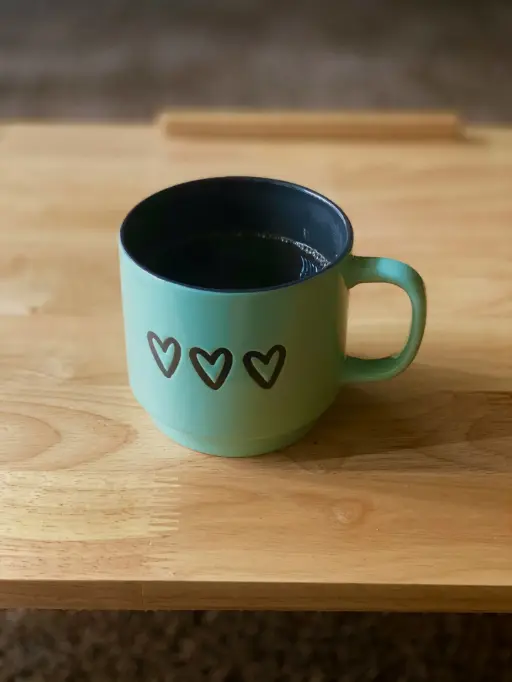India's toy industry is unique and diverse, with a rich tradition of artisanal toys coexisting with modern factory products. For companies looking to import toys from India, knowledge of the specific challenges and opportunities in this market is very important. In this article, we highlight the specific aspects of quality control in the Indian toy sector.
Specific challenges in the Indian toy industry
- Traditional production: Many toys are produced traditionally in India. While this produces unique and culturally rich products, it can also lead to inconsistencies in quality and safety standards.
- Regional diversity: India's great geographical and cultural diversity means that toy production can vary greatly by region, making uniform quality control difficult.
- Compliance with International Standards: While the Indian toy market is growing, compliance with international safety standards such as EN71 is not always guaranteed.
Effective strategies for importing toys from India
- Partner with local market knowledge: Work with a sourcing agent or quality control company that is familiar with the Indian market and its specific challenges.
- Focus on educational and sustainable materials: Considering the trend towards sustainable and educational toys, emphasize manufacturers that specialize in these products.
- Regular factory visits and audits: Schedule regular visits to factories to assess production processes, working conditions and quality control practices.

Source: The Hindu Times
Case study: Wooden toys from Channapatna
An example of the unique nature of the Indian toy industry is the famous wooden toys from Channapatna, a city in Karnataka. Known for their vibrant colors and handcrafted quality, these toys are crafted using traditional techniques passed down through generations. For importers interested in this type of toy, it is important to ensure the authenticity, safety of the paint used, and the durability of the wood. This requires specific quality controls that take into account both the artisanal nature of production and modern safety standards.
Integration of modern safety standards into traditional production
Balancing traditional production methods with modern safety standards is a challenge. Importers should focus on manufacturers who are willing to meet international standards without losing their artisanal authenticity. This may mean investing in training and development of local producers to adapt their products to international markets.
Read more:

Quality Control: What is AQL?
Read this article to learn all about what AQL is and how it can impact your quality control.
Read moreCommunication and transparency with suppliers
Open and clear communication with Indian suppliers is crucial. This includes clear agreements about quality expectations, safety standards and production processes. Regular updates and transparency in the production chain are essential to ensure consistent quality.
Conclusion
The Indian toy market offers unique products that can cater to the growing demand for authentic and cultural toys in the global market. However, navigating the challenges of quality control requires an understanding of the local industry and strong collaboration with reliable partners. Through the right strategies and partnerships, importers from India can source high-quality, safe and unique toy products that meet both cultural and international standards.
Do you need help with importing toys from India?
Westwood Sourcing offers specialist support and expertise to make your import from India successful and efficient. Contact us today for more information!









